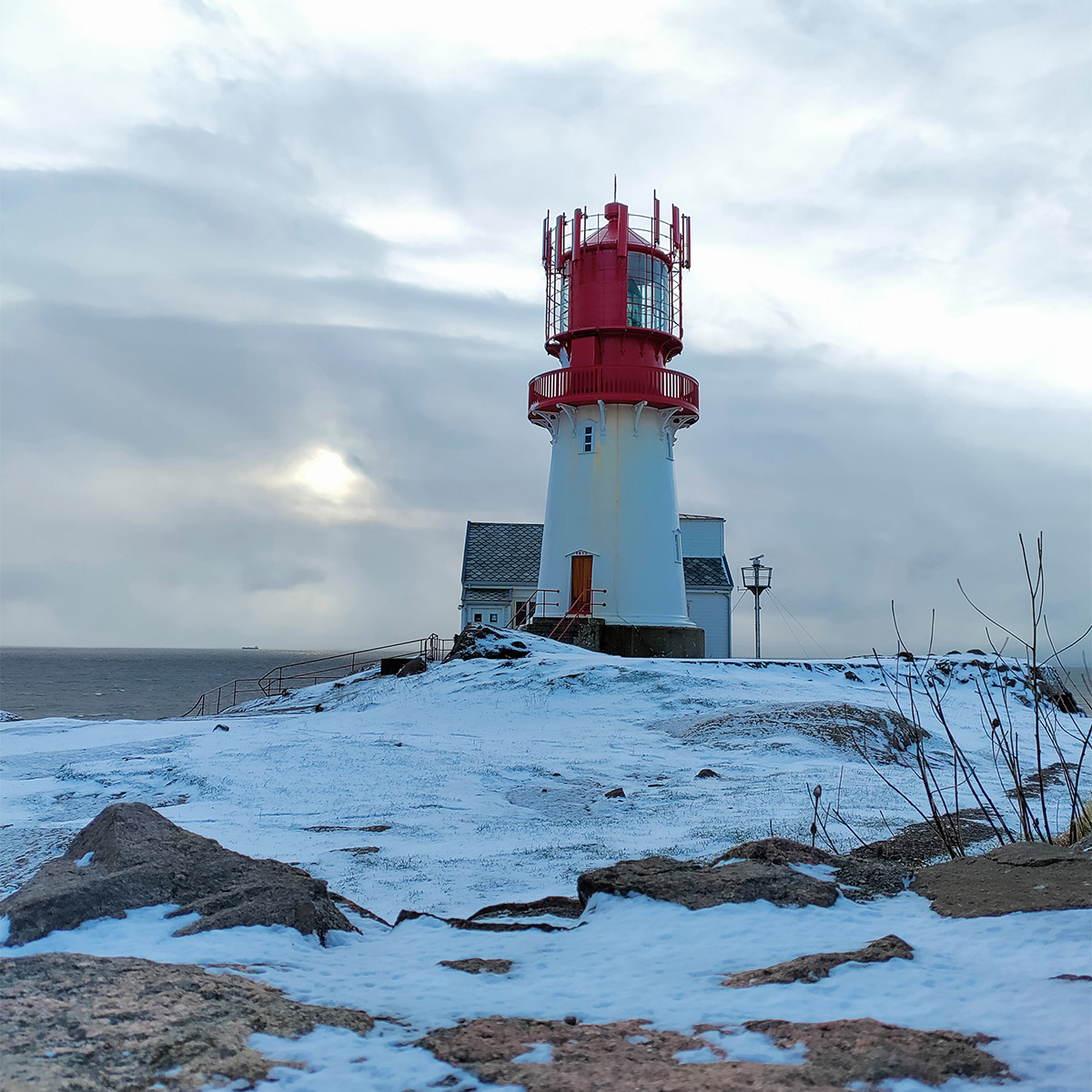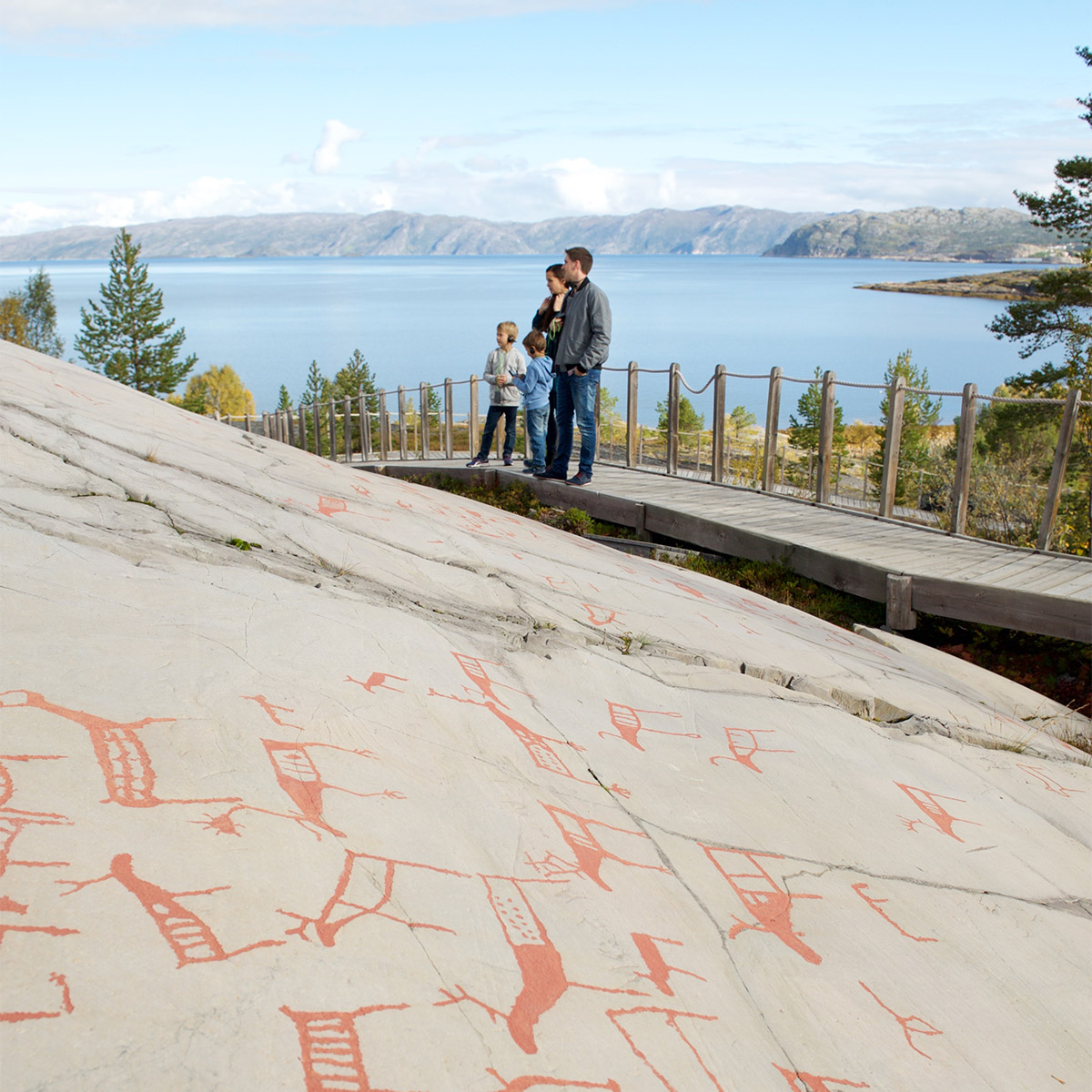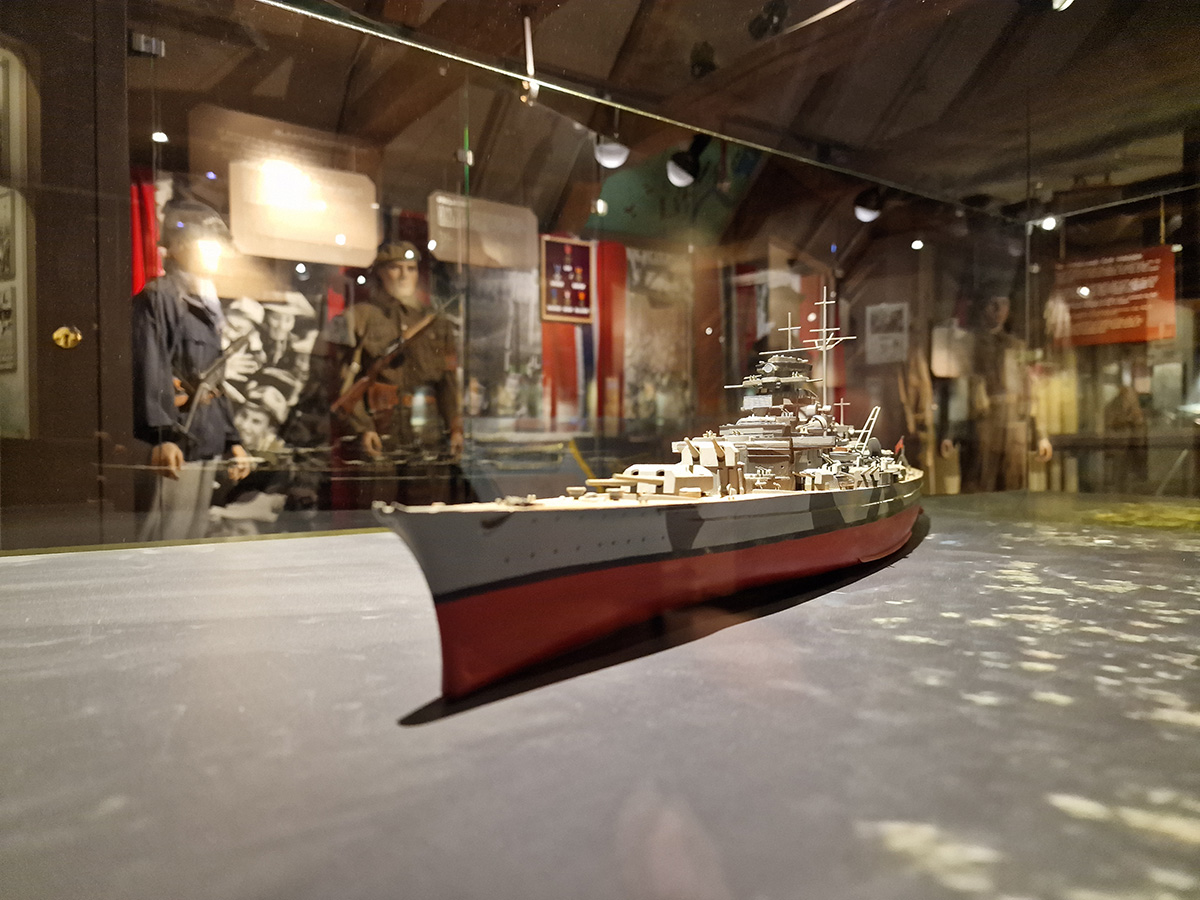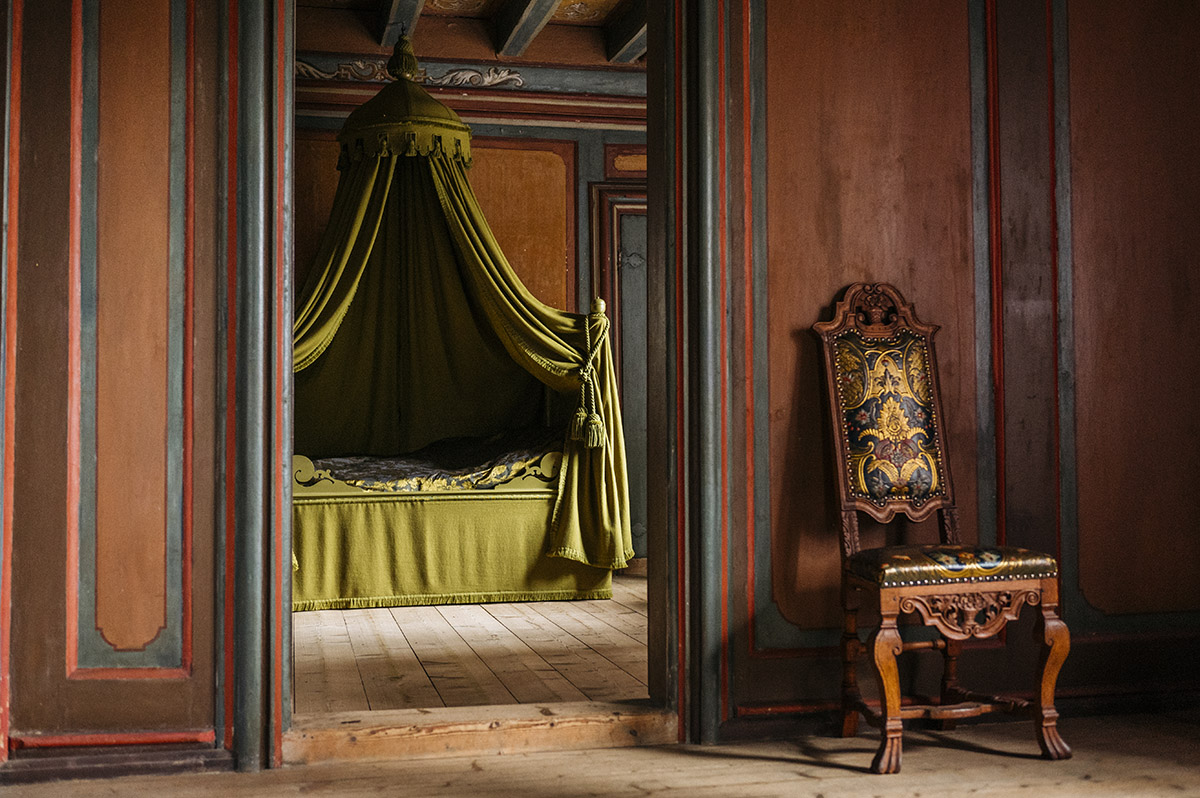The National Museum of the Faroe Islands: Stories of nature and culture woven together
Text: Camilla Pedersen
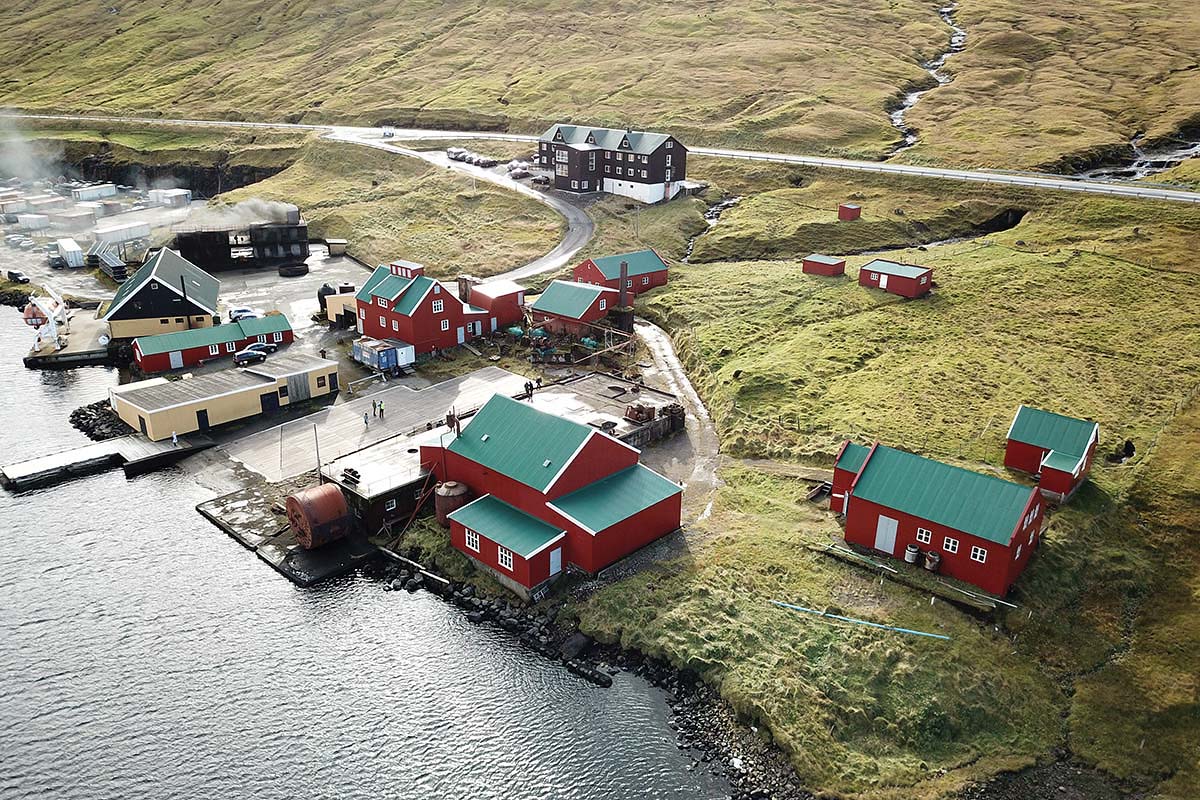
The restauration of Við Áir whaling station is expected to finish in 2025, but visitors can follow the work in progress on weekends during summertime. Photo: Aarhus School of Architecture, Jan Buthke & Robert B. Trempe Jr.
Waterfalls, steep cliffs, jaw-dropping views and grass roofed houses… The Faroe Islands are famous for being a feast for the eyes – and for having more sheep than inhabitants. Located in the North Atlantic Ocean between Iceland and Norway, the group of volcanic islands is remote, but far from short of natural and cultural history to discover – a history that is carefully woven together by the National Museum of the Faroe Islands.
The museum lets the story unfold across different locations. “We offer visitors the chance to dive into various aspects of Faroese history, culture, geology and wildlife – all the things that did and still do shape the Faroese islands and their people,” says museum director Herleif Hammer. And new chapters are constantly being written. One of the projects currently in the works is the restoration of Við Áir whaling station, which dates back to 1905. The restoration project is expected to finish in 2025, but is open on weekends from June until August to let curious visitors see how the restoration is coming along.
“Whaling was the first commercial industry here on the Faroe Islands. It generated jobs, meat for the locals, sought-after oil – nothing went to waste. This is the last Faroese whaling station standing out of a total of seven, and luckily, all buildings and machines are still there. But what makes it even more special is that it’s also the only one of its kind in the entire northern hemisphere. Though controversial, whaling has been an important part of our story – and that’s why the whaling station is worth preserving. The future museum will offer visitors a guided tour through the station, while also touching on the biology and life cycle of the whales.”
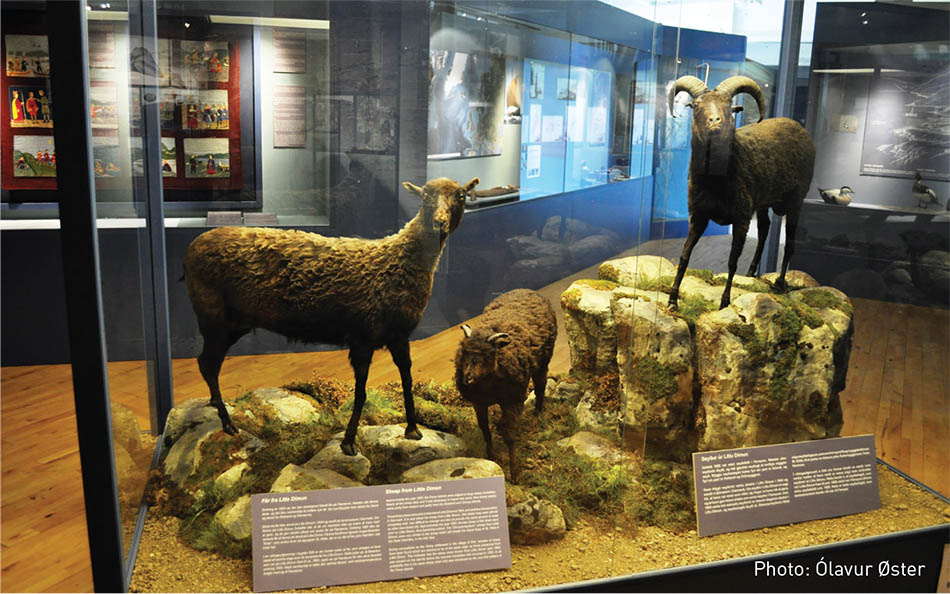
Faroese gold
Sheep have been equally important to the survival of Faroese people, if not more – and not only because they mow the grass-roofed houses. Through centuries, Faroese sheep have kept the nation warm and fed, yet wool as a commodity has also been essential to the economy and was one of the most important exports for centuries. “Wool is the gold of the Faroe Islands, as we say,” Hammer smiles. While fishery and salmon farming are by far the biggest export industries today, more and more wardrobes worldwide have been upgraded with a traditionally patterned Faroese fisherman’s jumper and other woolen luxury garments exported by Faroese brands, who also keep the locals and tourists warm.
“Wool used to be essential for the nation to survive, and now it has turned into a luxury. This development is part of the story told in our upcoming exhibition, 100% Wool, which takes off around 300 to 400 B.C., when sheep were introduced to the islands by early settlers. But it also weaves in the importance of wool in society – how Faroese women have been and still are meeting in their so-called knitting clubs on a weekly basis to knit, chat and drink coffee. The Faroese phenomenon of knitting clubs is very trendy and brings women together across generations and communities. It’s a great way for women from foreign cultures to become part of the local community,” Hammer explains. “This cultural element is linked with the natural history, including how Faroese wool differs from wool that has other origins. Wool is one of our main pillars of society and has been so for centuries, from both a natural and a cultural point of view – and this is what the exhibition will convey.”
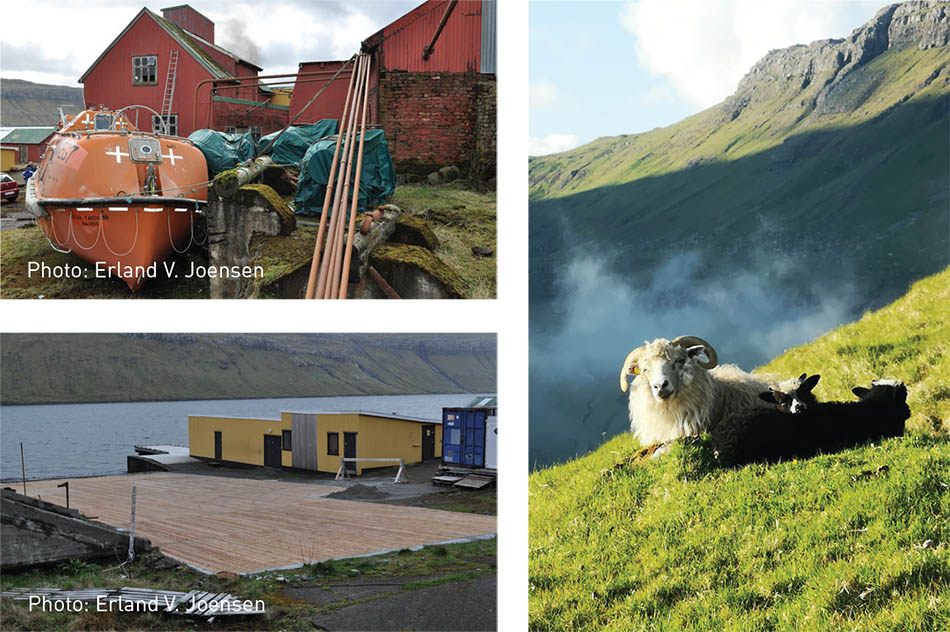
While sheep seem to thrive in their rocky surroundings, the plant life and lack of trees testify that the windswept islands are only for sturdier plants. A collection of these can be found in a garden that belongs to the museum, yet is located a short walk from the museum building itself, on the other side of the city centre of Tórshavn. The garden hosts over 150 different plants, all natural and wild, and all a living example of plants that originated locally. “It’s a small, but significant and very interesting botanical garden,” Hammer says.
Also a short walk from the museum building is the open-air museum – a traditional Faroese farm, true to the 1920s, which demonstrates what farming life was like back then. But it is the permanent exhibition located in the museum building in Tórshavn that takes visitors back to where it all started, covering the volcanic geological origins of the islands, artefacts from the Viking era, original Faroese rowing boats, bird and mammal life, and much more. Every display has cultural and natural history woven together to paint a picture of the Faroe Islands and their people.
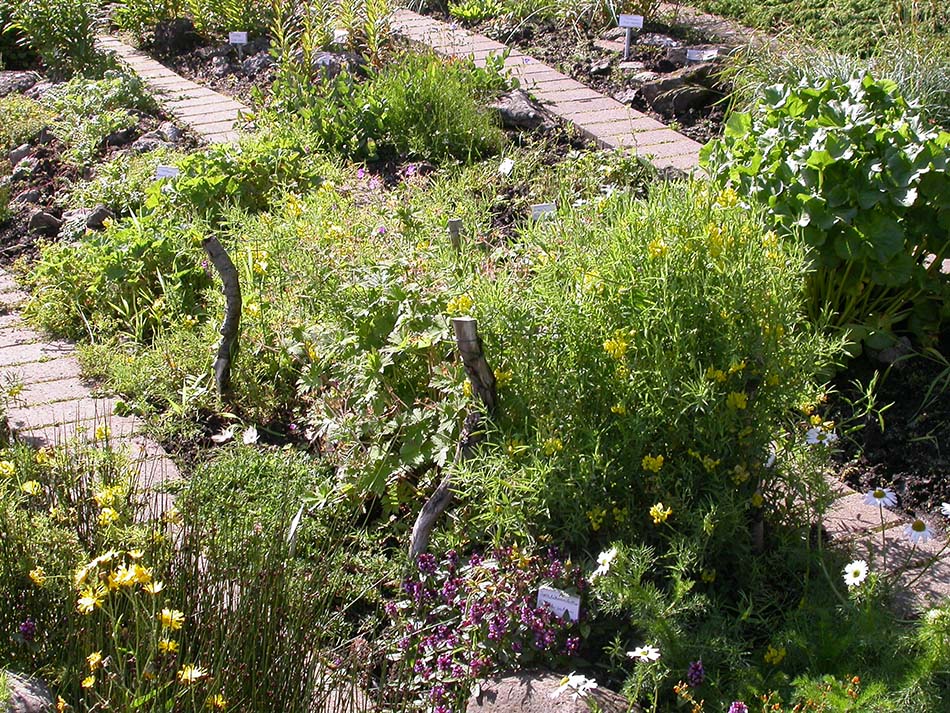
www.tjodsavnid.fo Facebook: Tjóðsavnið
Subscribe to Our Newsletter
Receive our monthly newsletter by email

